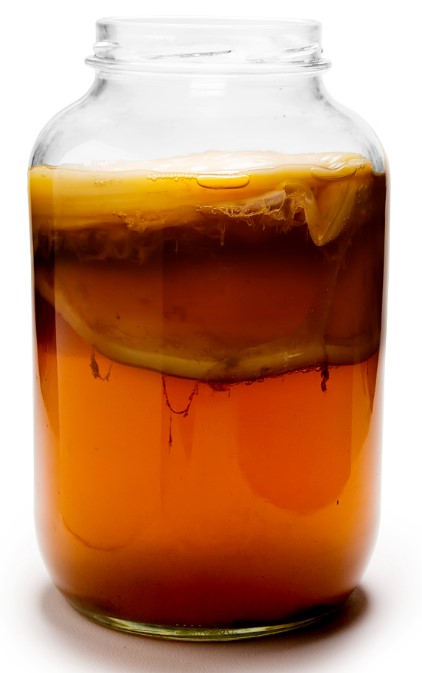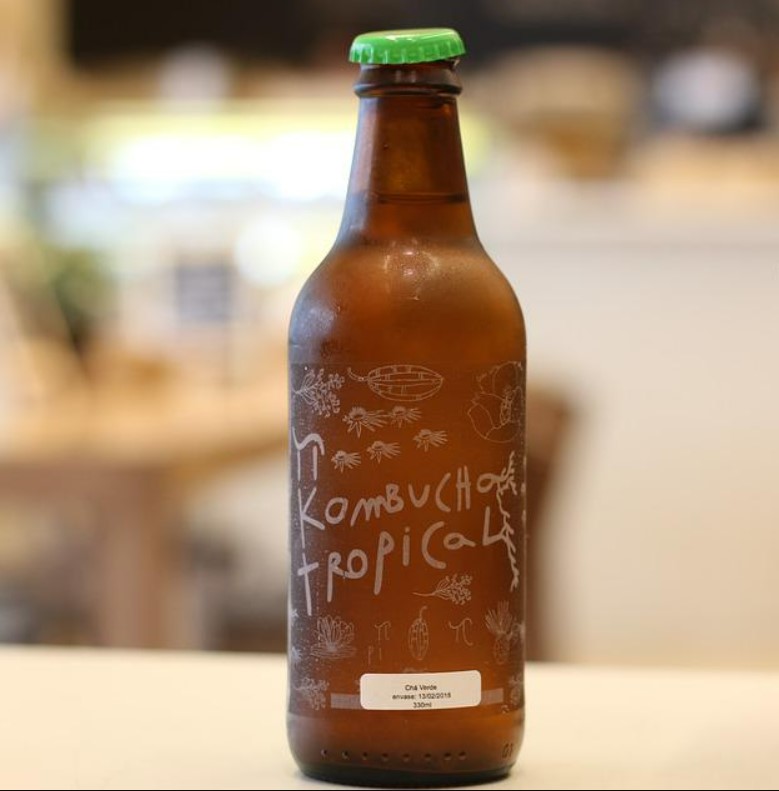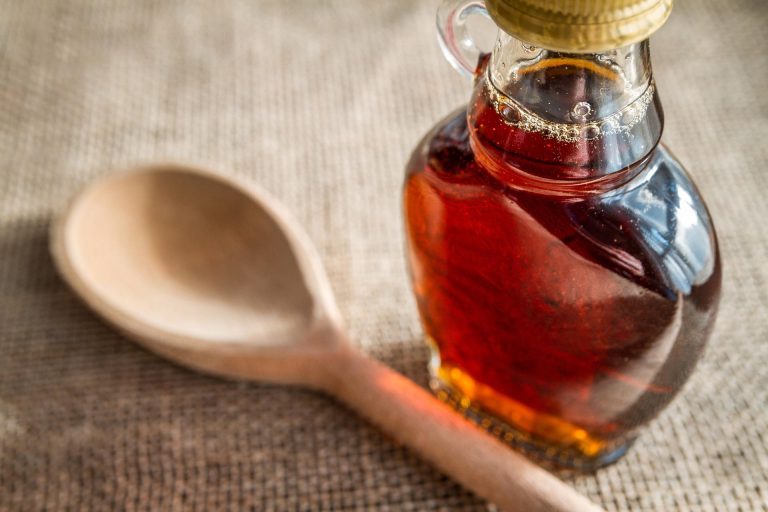Can You Second Ferment Kombucha in Plastic?
Is it possible to ferment your kombucha at home? Glass, plastic, or something else have you used to ferment kombucha in?
Some people think that the use of plastic in the production of kombucha is questionable. If you are considering using it for the second fermentation, that is.
Although it is technically possible to second ferment kombucha in plastic, it is not recommended.
Yes, you can ferment kombucha in plastic containers. However, it is still not safe to drink.
Most experts agree that it should never be fermented in plastic, including plastic bottles or plastic buckets.
If you do, make sure the container is clean and free of bacteria. After fermentation, rinse the bottle thoroughly with warm water and let it air dry.
The chemical reactions that occur with fermentation interact with the plastic, which causes harmful chemicals to be deposited into your kombucha.
Before we get into the details of the second ferment, we need to talk about the basics of the first ferment.

Table of Contents
Fermenting Kombucha
Kombucha is a trend now. Let’s do a quick breakdown about Kombucha for the ones who don’t know about it.
The tea product has a sour taste but also has hints of sweetness.
There are a few ingredients you can use to make kombucha at home. You don’t need anything more than tea leaves, sugar, SCOBY, water, and cooking and bottling instruments.
The process of making kombucha is twice as long. In the first ferment, you should cover the container so that the process can happen naturally.
It can take at least a week for the first ferment to take place. It’s important to taste test often with the first ferment.
The second fermentation is where the fun starts. This is the time when you can taste the kombucha and watch as it ferments.
For second fermentation, you want a container that closes tightly and you can consume your beverage out of it.
Plastic is one of the cheapest and easiest types of containers to get, and it’s one of the different types of containers you can use. Is it possible that you will use it?

Is it Possible to Ferment Kombucha in Plastic Containers?
I don’t recommend using a plastic container for the first ferment because of the risk of botulism.
The chemical reactions that occur in the processes of fermentation and carbonation are the reason for this.
If you use plastic or other non-food safe materials, you are at risk of harmful chemicals in the plastic getting involved in the chemical reactions and getting into your drink.
Unlike plastic, glass, food-grade ceramic, or stainless steel containers, they are non-reactive and won’t react with the kombucha’s chemical reactions.
Their propensity to scratch is an issue for plastic containers.
You may scratch the bucket when you are mixing your ingredients, but large plastic drums seem to be ideal for your initial fermentation.
Bacteria can build up in the small crevices if you don’t wash your bucket thoroughly after a scratch.
The build-up in your first ferment vessel can cause side effects, both for you and your kombucha.
Excess or unwanted bacteria can cause the SCOBY to die and stop the fermentation process, and the wrong balance of bacteria can cause stomach upset, and more severe problems are possible in some cases.
If you plan on using plastic products when making kombucha, make sure you choose food-grade plastic and avoid scratching or damaging the vessel.
This isn’t as much of a problem with glass containers as it is with plastic, so be prepared for the strong smell of kombucha to stick to the plastic.
I would take into account the harmful effects of plastic during the primary fermentation discussion.
Is it Possible to Second Ferment Kombucha in Plastic?
After your kombucha has reached its desired acidity and taste, there is a second fermentation.
Adding flavors like fruit juice, root vegetables, or spices can make a difference in the taste.
Plastic bottles can be used more safely in second fermentation than in first fermentation. I still prefer glass bottles to completely minimize any risk.
A tight-fitting lid is the most important attribute you should look for in a second container. If you don’t have a tight lid, the second ferment is when you create carbonation.
Plastic bottles and glass bottles are good for this. During the second ferment, plastic can be used because of its duration and acidity.
The second ferment only takes a few days to lock in the flavors and carbonation.
The kombucha won’t be sitting in the plastic bottle for as long as it would for first fermentation, so it won’t interact with the plastic very much.
If you want to not reuse the bottle again, make sure you consume the kombucha quickly after the second fermentation.
From the first ferment to the second ferment, the acidity in your kombucha decreases. During the first, the acidity is very high and can eat away at the plastic.
Many people reuse their first container for fermenting. When you reuse a plastic container, exposure to high acidity can break down the plastic, leaving harmful chemicals behind.
Once you have finished the first ferment, you can transfer it to food-grade plastic for the second ferment, as the acidity of your kombucha has decreased to safe levels.
The second ferment doesn’t have as much acidity and shouldn’t degrade plastic with one-time use.
Tips
In the second ferment, flip-top bottles are one of the most popular alternatives to plastic. The bottle has a rubber cork that goes into the neck of the bottle.
The bottle can be opened and closed with the help of the swing arm that is attached to the rubber stopper.
The flip-top bottles are made for use in a single setting and are great for kombucha fermentation.
Glass bottles are scratch-resistant, so they can be washed and used multiple times after proper sanitization.
Single-serve bottles are great for kombucha because they lock in the carbonation until someone drinks it.
Glass growlers can be used as an alternative to plastic bottles.
If you plan on sharing a large amount of kombucha with friends, growlers that hold a half-gallon or more are a perfect size.
Sanitized glass is an excellent choice for new ferments. Some containers work well for the second ferment, such as mason jars and stainless steel water bottles.
You need to be careful when emptying the bottle because of the scratch-resistant nature of the steel.
You need to make sure that the cap fits tightly on the jar to make it great for kombucha.
Conclusion
It takes relatively little effort to make kombucha at home, which is why it is an amazing beverage.
All it takes to make kombucha is the proper container, once you have gathered all the ingredients.
If you don’t have a handy, preferred alternative, you’re all ready to start making your favorite beverage now that you know you can use plastic for your second ferment of kombucha.

Foodie and a passionate cook, I am here to share all of what I know about cooking, kitchen, and food prepping.
Follow me for delicious and healthy recipes.






